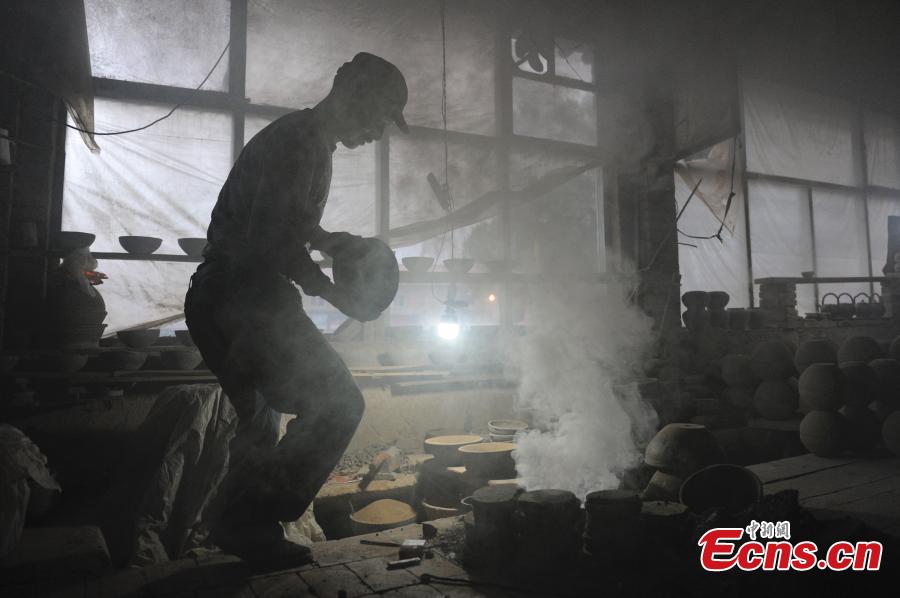
Craftsman Wang Longlei makes Qingshaqi, or green clay utensils, using traditional methods at a workshop in Baihedong Village of Yuxian County, North China’s Hebei Province, June 27, 2019. Qingshaqi are traditional handicraft products with more than 300 years' history. The utensils are made of Gantu, a kind of local soil, and have been used for cooking and boiling. The making of Qingshaqi has become a provincial intangible cultural heritage. The ancient craft is on the edge of disappearing due to limited market demand. (Xinhua/Yang Shiyao)
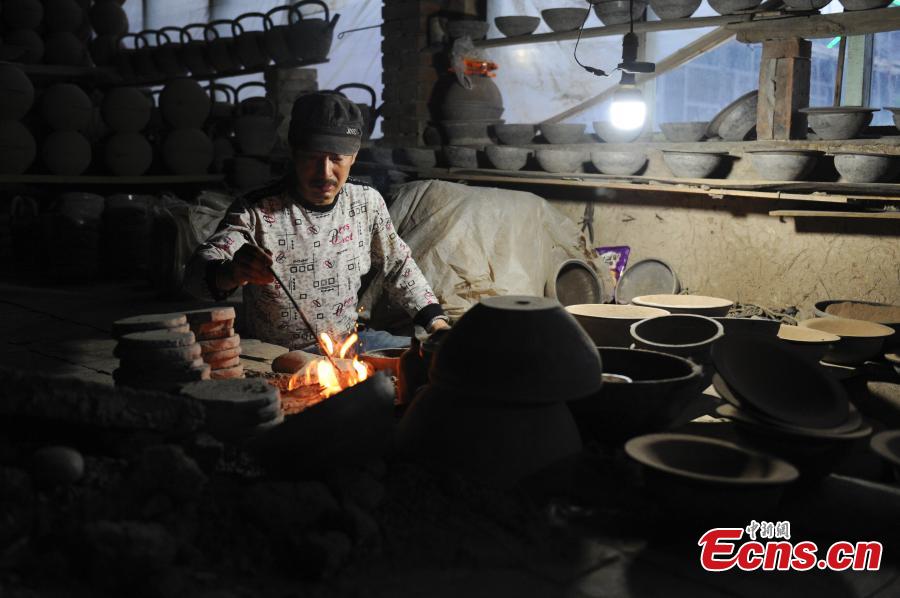
Craftsman Wang Longlei makes Qingshaqi, or green clay utensils, using traditional methods at a workshop in Baihedong Village of Yuxian County, North China’s Hebei Province, June 27, 2019. Qingshaqi are traditional handicraft products with more than 300 years' history. The utensils are made of Gantu, a kind of local soil, and have been used for cooking and boiling. The making of Qingshaqi has become a provincial intangible cultural heritage. The ancient craft is on the edge of disappearing due to limited market demand. (Xinhua/Yang Shiyao)
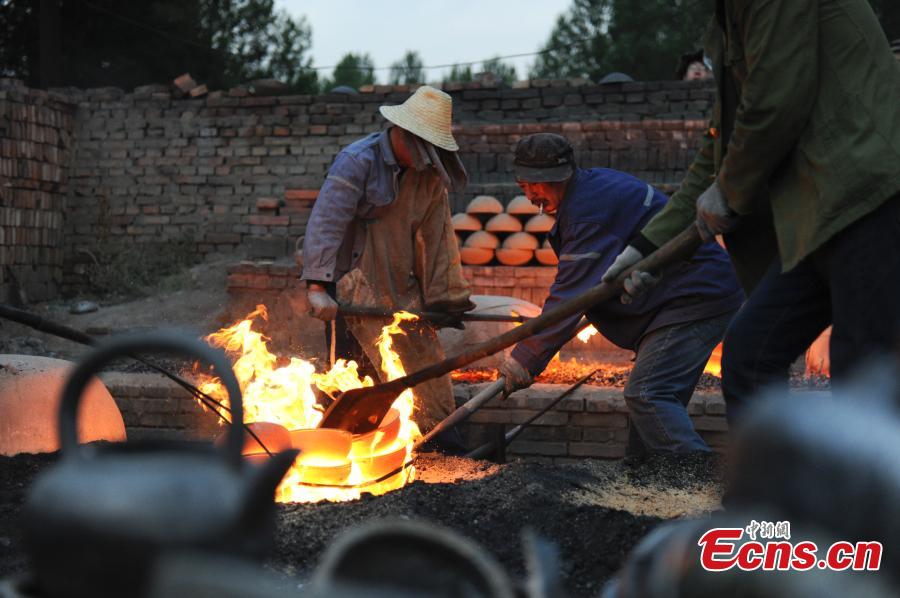
Craftsman Wang Longlei makes Qingshaqi, or green clay utensils, using traditional methods at a workshop in Baihedong Village of Yuxian County, North China’s Hebei Province, June 27, 2019. Qingshaqi are traditional handicraft products with more than 300 years' history. The utensils are made of Gantu, a kind of local soil, and have been used for cooking and boiling. The making of Qingshaqi has become a provincial intangible cultural heritage. The ancient craft is on the edge of disappearing due to limited market demand. (Xinhua/Yang Shiyao)
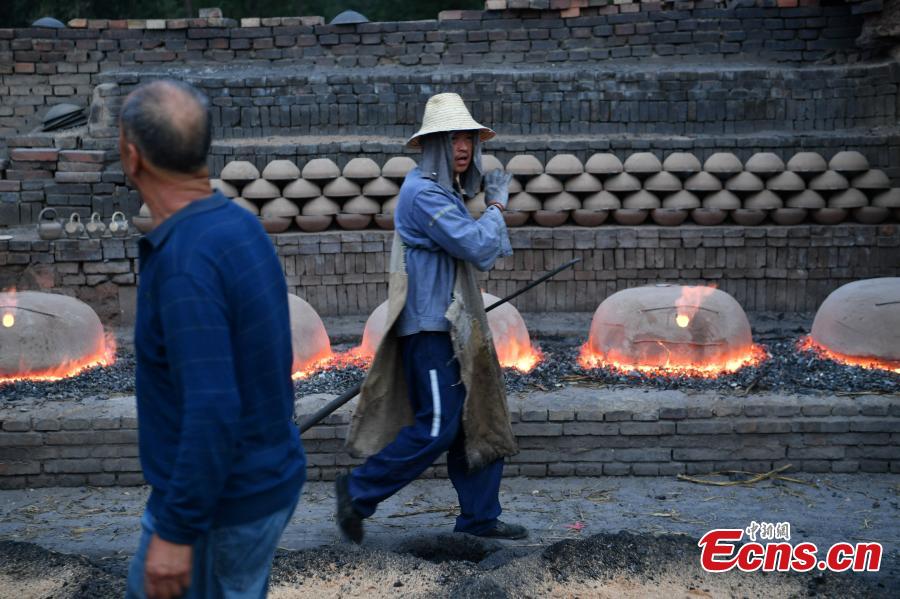
People make Qingshaqi, or green clay utensils, using traditional methods at a workshop in Baihedong Village of Yuxian County, North China’s Hebei Province, June 27, 2019. Qingshaqi are traditional handicraft products with more than 300 years' history. The utensils are made of Gantu, a kind of local soil, and have been used for cooking and boiling. The making of Qingshaqi has become a provincial intangible cultural heritage. The ancient craft is on the edge of disappearing due to limited market demand. (Xinhua/Yang Shiyao)
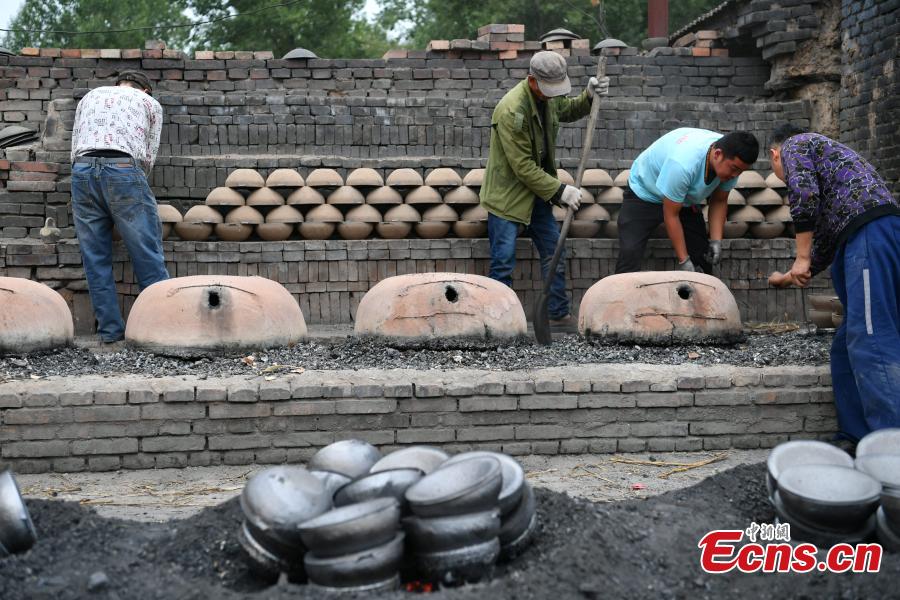
People make Qingshaqi, or green clay utensils, using traditional methods at a workshop in Baihedong Village of Yuxian County, North China’s Hebei Province, June 27, 2019. Qingshaqi are traditional handicraft products with more than 300 years' history. The utensils are made of Gantu, a kind of local soil, and have been used for cooking and boiling. The making of Qingshaqi has become a provincial intangible cultural heritage. The ancient craft is on the edge of disappearing due to limited market demand. (Xinhua/Yang Shiyao)
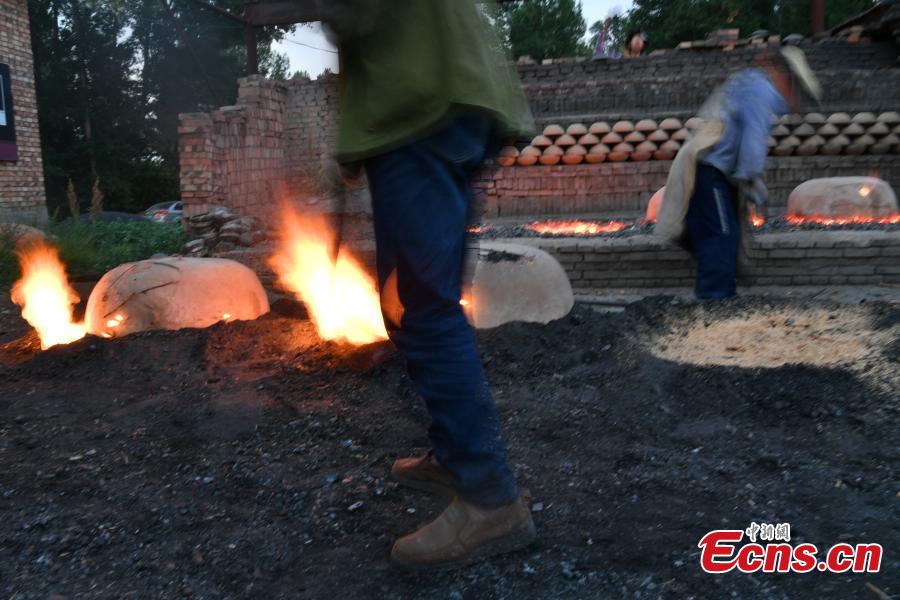
People make Qingshaqi, or green clay utensils, using traditional methods at a workshop in Baihedong Village of Yuxian County, North China’s Hebei Province, June 27, 2019. Qingshaqi are traditional handicraft products with more than 300 years' history. The utensils are made of Gantu, a kind of local soil, and have been used for cooking and boiling. The making of Qingshaqi has become a provincial intangible cultural heritage. The ancient craft is on the edge of disappearing due to limited market demand. (Xinhua/Yang Shiyao)
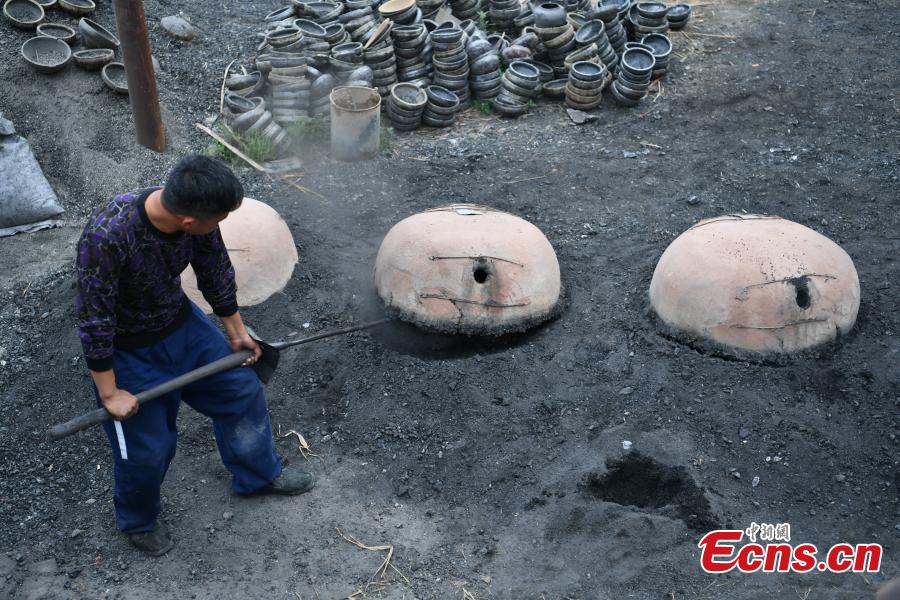
People make Qingshaqi, or green clay utensils, using traditional methods at a workshop in Baihedong Village of Yuxian County, North China’s Hebei Province, June 27, 2019. Qingshaqi are traditional handicraft products with more than 300 years' history. The utensils are made of Gantu, a kind of local soil, and have been used for cooking and boiling. The making of Qingshaqi has become a provincial intangible cultural heritage. The ancient craft is on the edge of disappearing due to limited market demand. (Xinhua/Yang Shiyao)
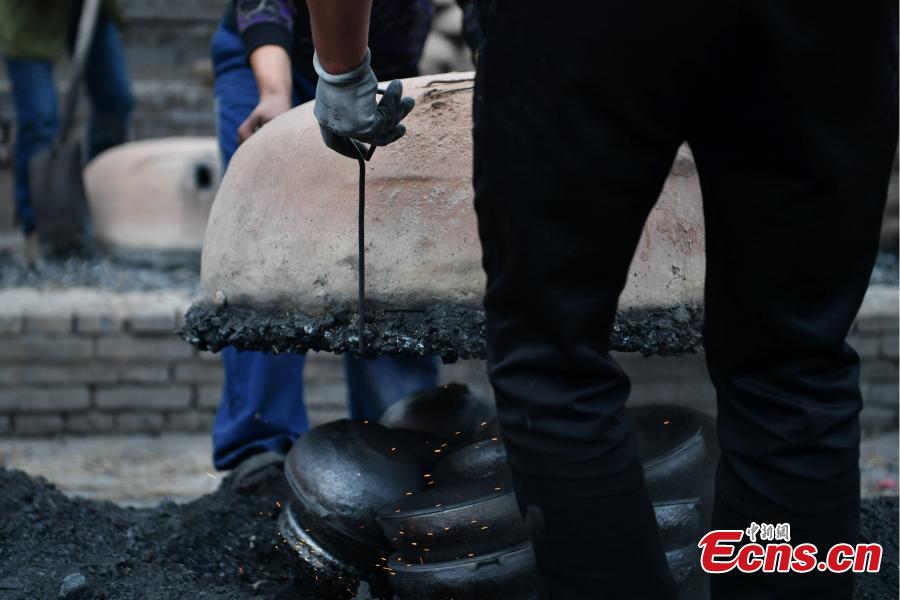
People make Qingshaqi, or green clay utensils, using traditional methods at a workshop in Baihedong Village of Yuxian County, North China’s Hebei Province, June 27, 2019. Qingshaqi are traditional handicraft products with more than 300 years' history. The utensils are made of Gantu, a kind of local soil, and have been used for cooking and boiling. The making of Qingshaqi has become a provincial intangible cultural heritage. The ancient craft is on the edge of disappearing due to limited market demand. (Xinhua/Yang Shiyao)
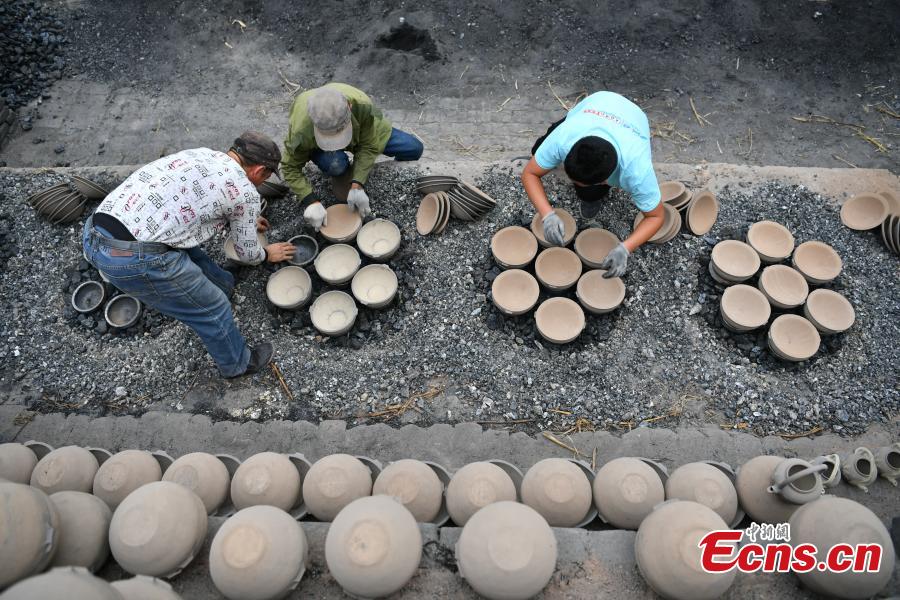
People make Qingshaqi, or green clay utensils, using traditional methods at a workshop in Baihedong Village of Yuxian County, North China’s Hebei Province, June 27, 2019. Qingshaqi are traditional handicraft products with more than 300 years' history. The utensils are made of Gantu, a kind of local soil, and have been used for cooking and boiling. The making of Qingshaqi has become a provincial intangible cultural heritage. The ancient craft is on the edge of disappearing due to limited market demand. (Xinhua/Yang Shiyao)











